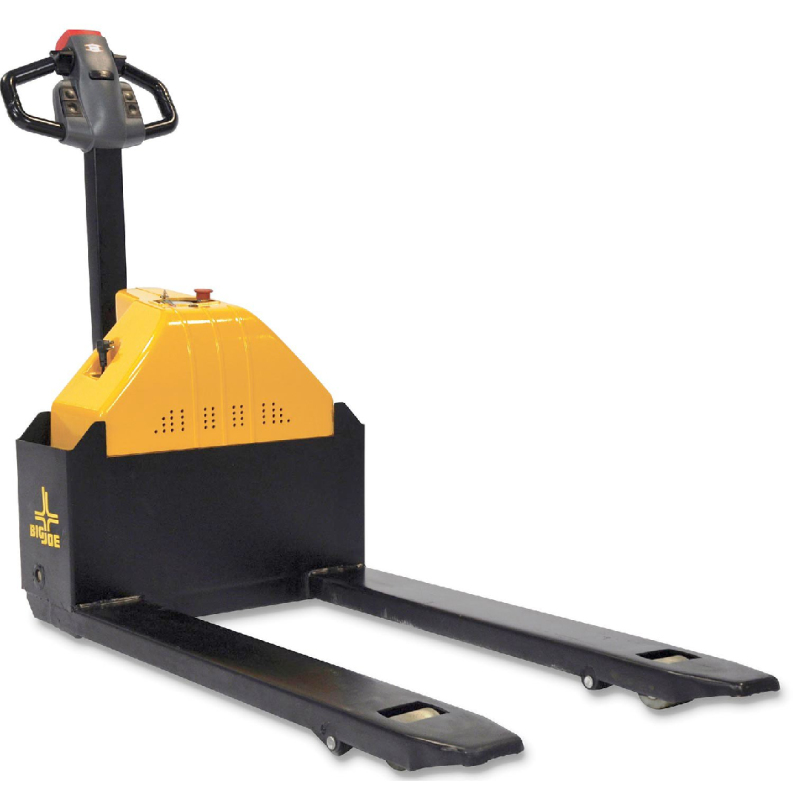Pallet Jacks: Essential Material Handling Equipment
Pallet jacks, also known as pallet trucks, are fundamental material handling tools found in warehouses, distribution centers, retail stores, and manufacturing facilities worldwide. These simple yet indispensable devices allow a single operator to move heavy palletized loads with minimal effort, revolutionizing logistics and inventory management operations.
How Pallet Jacks Work
The operation of a manual pallet jack is straightforward but ingenious. The operator pumps the handle to hydraulically raise the twin forks off the ground, then slides them into the openings of a standard pallet. Once the forks are fully inserted, the handle is pumped further to lift the pallet slightly off the floor. The operator then uses the handle to steer and propel the loaded pallet jack to its destination. To lower the load, a release valve on the handle is engaged, allowing the hydraulic fluid to return to its reservoir and gently lowering the pallet to the ground.
Types of Pallet Jacks
While the basic manual pallet jack is the most common variant, several specialized types exist:
Manual Pallet Jacks: The most economical and widely used type, powered entirely by human operation. Perfect for loading docks, trucks, and general warehouse movement.
Electric Pallet Jacks: These motorized walk-behind models eliminate the need for pumping and physical pushing, reducing operator fatigue and increasing productivity for longer distances.
Weighing Pallet Jacks: Integrated scales allow operators to weigh loads while moving them, streamlining inventory and shipping processes.
Rough Terrain Pallet Jacks: Featuring larger, heavy-duty wheels, these jacks can navigate uneven surfaces like gravel or outdoor areas where standard models would struggle.
Key Benefits and Applications
The advantages of pallet jacks are numerous. They dramatically reduce physical strain on workers while improving safety by minimizing lifting injuries. Their efficiency allows for quicker loading and unloading of trucks and better organization of storage areas. With their ability to maneuver in tight spaces, pallet jacks offer exceptional versatility that forklifts can't match in confined areas.
These indispensable tools handle a wide variety of tasks across industries—from rotating stock in grocery store backrooms to moving inventory in distribution centers and transporting materials on factory floors. Their simple design requires minimal maintenance, typically involving occasional lubrication and hydraulic fluid checks.
When selecting a pallet jack, consider factors like load capacity (typically ranging from 2,000 to 10,000 pounds), fork size and width, lowered height (for loading from low platforms), and overall jack weight. Proper training on safe operation—including correct lifting techniques, pushing rather than pulling when possible, and maintaining clear visibility—is essential for preventing accidents and maximizing the equipment's lifespan.
Pallet jacks represent one of the most cost-effective investments any business can make for improving material handling efficiency. Their simple yet robust design has remained largely unchanged for decades, a testament to their perfect functionality for moving palletized goods in countless industrial and commercial environments.

